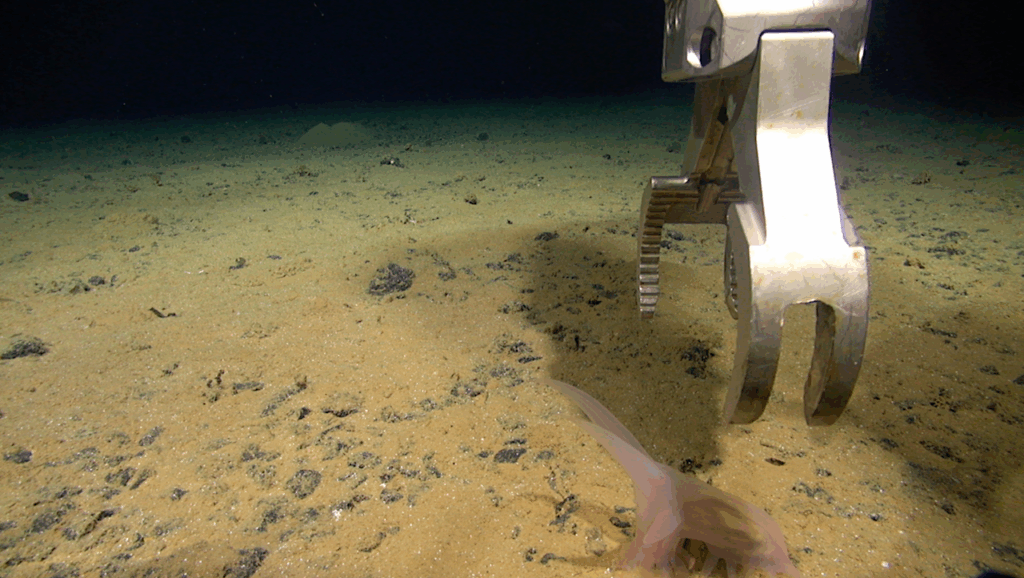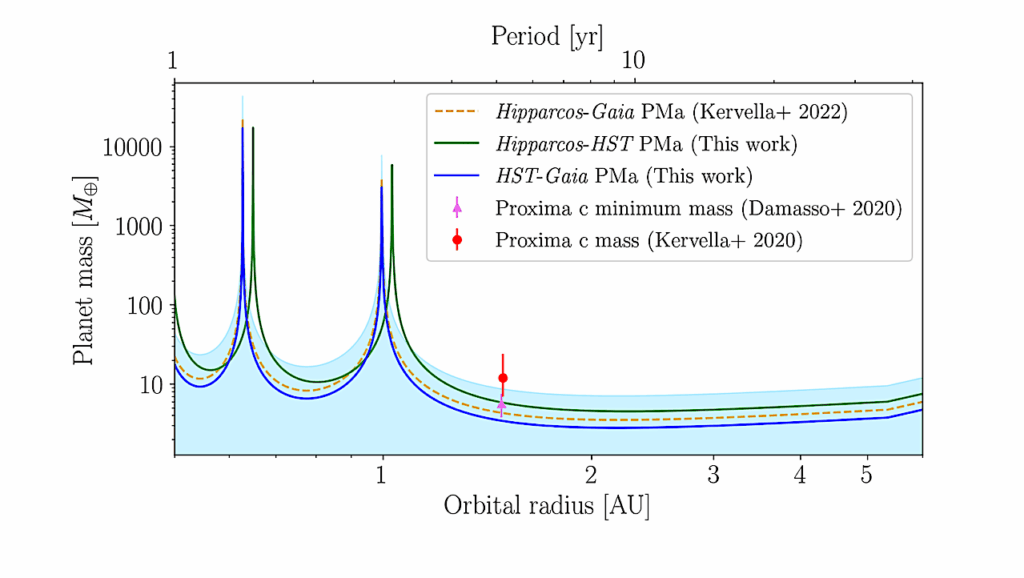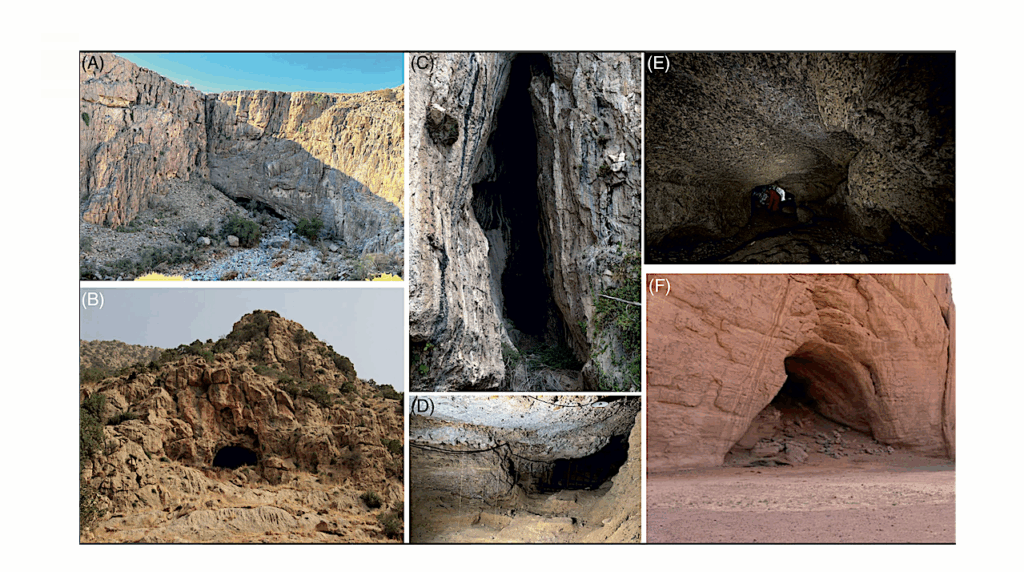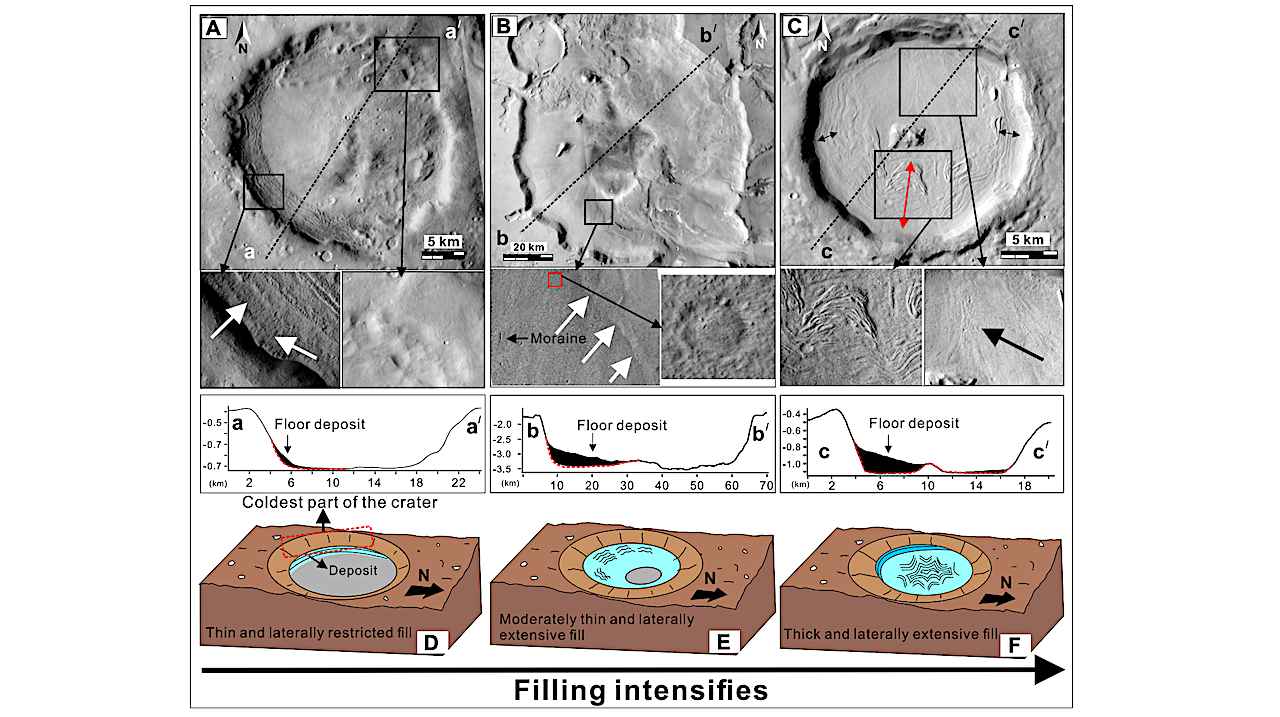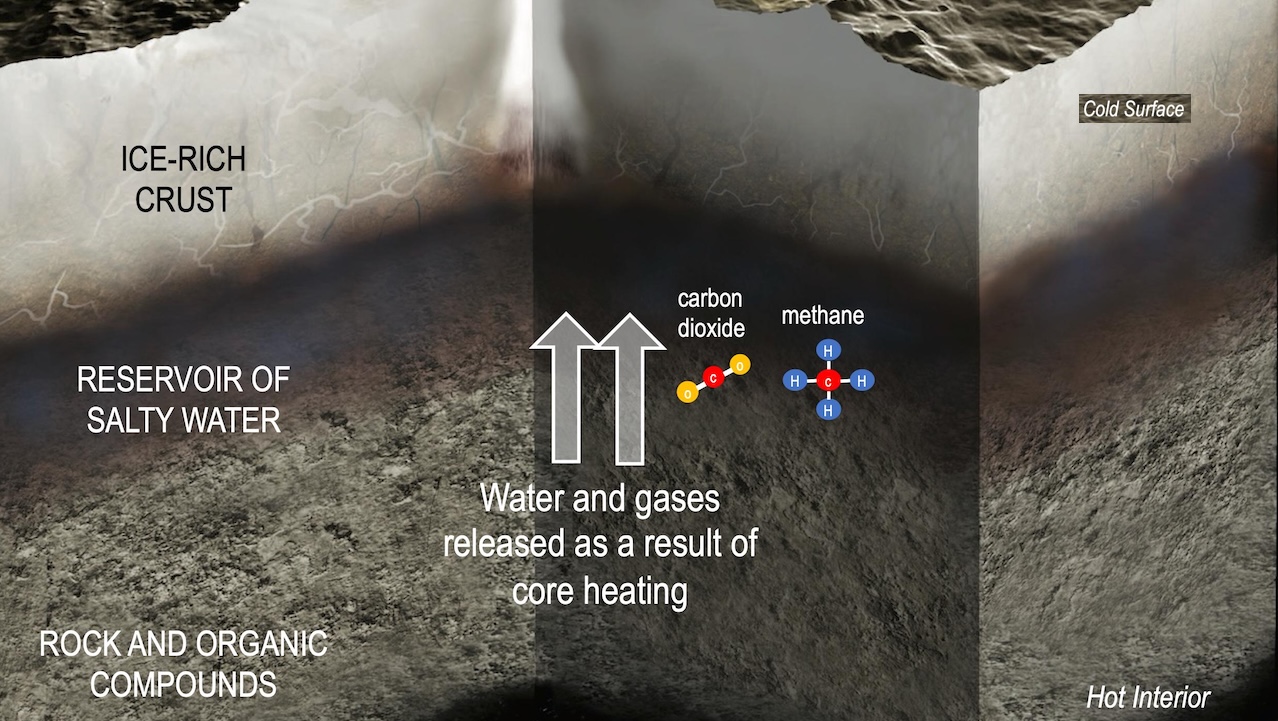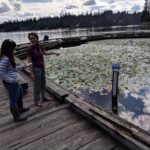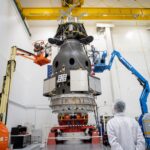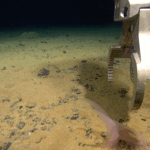Now Reading: Spectral Mixture Modeling with Laboratory Near-Infrared Data I: Insights into Compositional Analysis of Europa
-
01
Spectral Mixture Modeling with Laboratory Near-Infrared Data I: Insights into Compositional Analysis of Europa
Spectral Mixture Modeling with Laboratory Near-Infrared Data I: Insights into Compositional Analysis of Europa
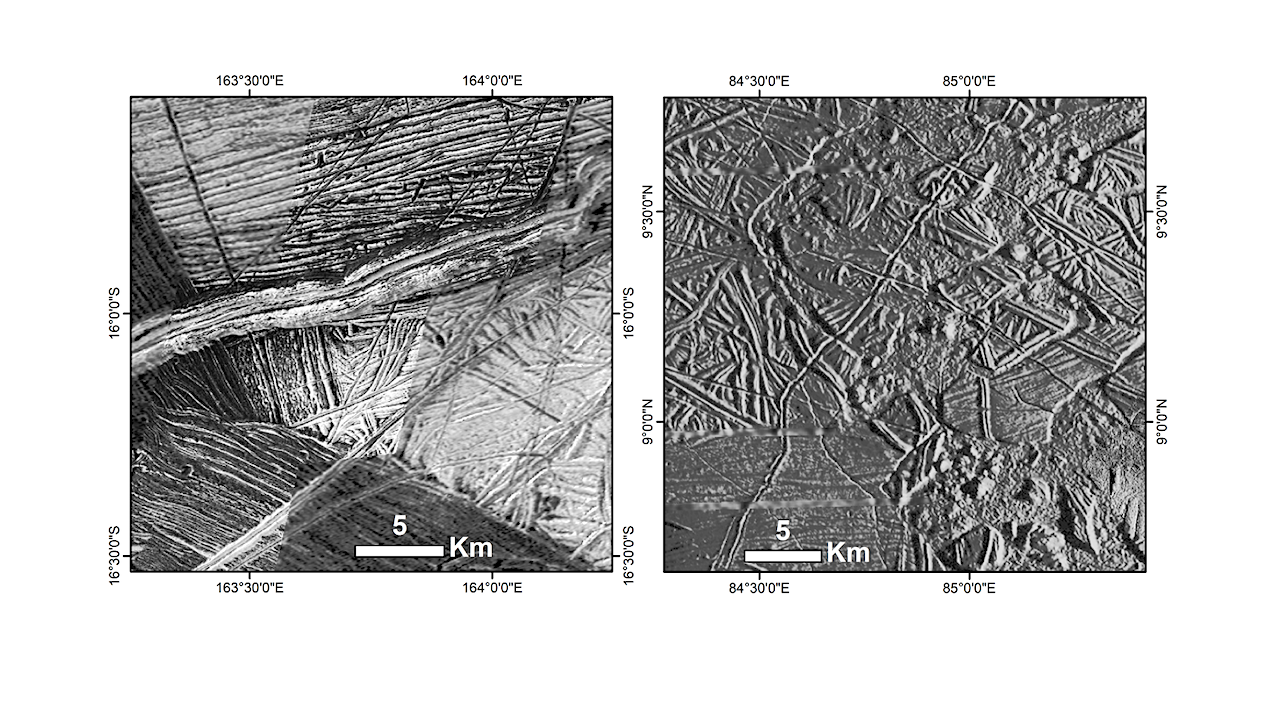

Left panel: Patches of dark and bright materials on Europa observed in a high-resolution image from the Galileo Solid State Imaging (SSI) system (Belton et al., 1992). The image is centered at approximately 16°S, 163°45’E, with a spatial resolution of ∼50 m/pixel. Right panel: A high-resolution Galileo/SSI image of Europa’s chaos terrains on the trailing hemisphere (near center)—an area exposed to radiolytic processes (e.g., Carlson et al., 1999a, 2002)— showing no discernible dark and bright patches. The image is centered at approximately 9°15’N, 84°50’E, with a spatial resolution of ∼50 m/pixel. Both SSI images are adopted from Malaska et al. (2024). — astro-ph.EP
Europa’s surface composition and physical characteristics are commonly constrained using spectral deconvolution through linear mixture (LM) modeling and radiative transfer-based (RT) intimate mixture modeling.
Here, I compared the results of these two spectral modeling- LM versus RT- against laboratory spectra of water (H2O) ice and sulfuric acid octahydrate (SAO; H2SO4⋅8H2O) mixtures measured at near-infrared wavelengths (∼1.2-2.5 μm) with grain sizes of 90-106 μm (Hayes and Li, 2025).
The modeled abundances indicate that the RT more closely reproduces the laboratory abundances, with deviations within ±5% for both H2O ice and H2SO4⋅8H2O with ∼100 μm grains. In contrast, the LM shows slightly larger discrepancies, typically ranging from ±5-15% from the true abundances.
Interestingly, both LM and RT tend to consistently overestimate the abundance of H2SO4⋅8H2O and underestimate H2O ice across all mixtures. Nonetheless, when H2SO4⋅8H2O either dominates (>80% as observed on Europa’s trailing hemisphere; Carlson et al. 2005) or is present only in trace amounts (∼10% on areas in Europa’s leading hemisphere; Dalton III et al. 2013; Ligier et al. 2016), both the LM and RT render acceptable results within ±10% uncertainty.
Thus, spectral modeling using the RT is preferred for constraining the surface composition across Europa, although the LM remains viable in specific compositional regimes.
A. Emran
Comments: 19 pages, 4 figures, Accepted in Icarus
Subjects: Earth and Planetary Astrophysics (astro-ph.EP); Instrumentation and Methods for Astrophysics (astro-ph.IM)
Cite as: arXiv:2510.03436 [astro-ph.EP] (or arXiv:2510.03436v1 [astro-ph.EP] for this version)
https://doi.org/10.48550/arXiv.2510.03436
Focus to learn more
Submission history
From: A. Emran
[v1] Fri, 3 Oct 2025 18:55:57 UTC (6,195 KB)
https://arxiv.org/abs/2510.03436
Astrobiology,
Stay Informed With the Latest & Most Important News
Previous Post
Next Post
-
 012024 in Review: Highlights from NASA in Silicon Valley
012024 in Review: Highlights from NASA in Silicon Valley -
 02Panasonic Leica Summilux DG 15mm f/1.7 ASPH review
02Panasonic Leica Summilux DG 15mm f/1.7 ASPH review -
 03From Polymerization-Enabled Folding and Assembly to Chemical Evolution: Key Processes for Emergence of Functional Polymers in the Origin of Life
03From Polymerization-Enabled Folding and Assembly to Chemical Evolution: Key Processes for Emergence of Functional Polymers in the Origin of Life -
 04How New NASA, India Earth Satellite NISAR Will See Earth
04How New NASA, India Earth Satellite NISAR Will See Earth -
 05And Thus Begins A New Year For Life On Earth
05And Thus Begins A New Year For Life On Earth -
 06Astronomy Activation Ambassadors: A New Era
06Astronomy Activation Ambassadors: A New Era -
07SpaceX launch surge helps set new global launch record in 2024













